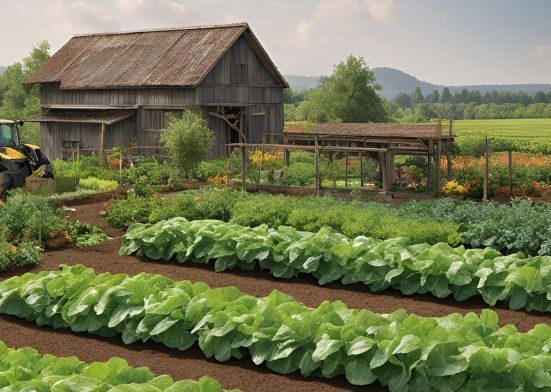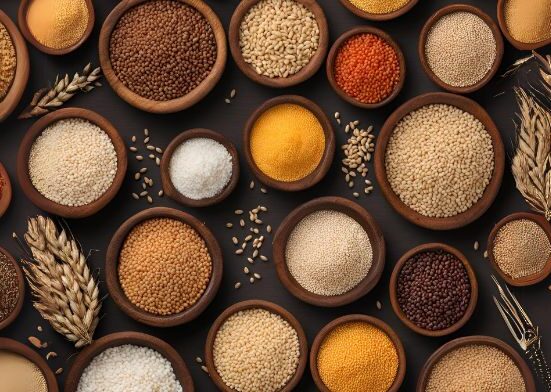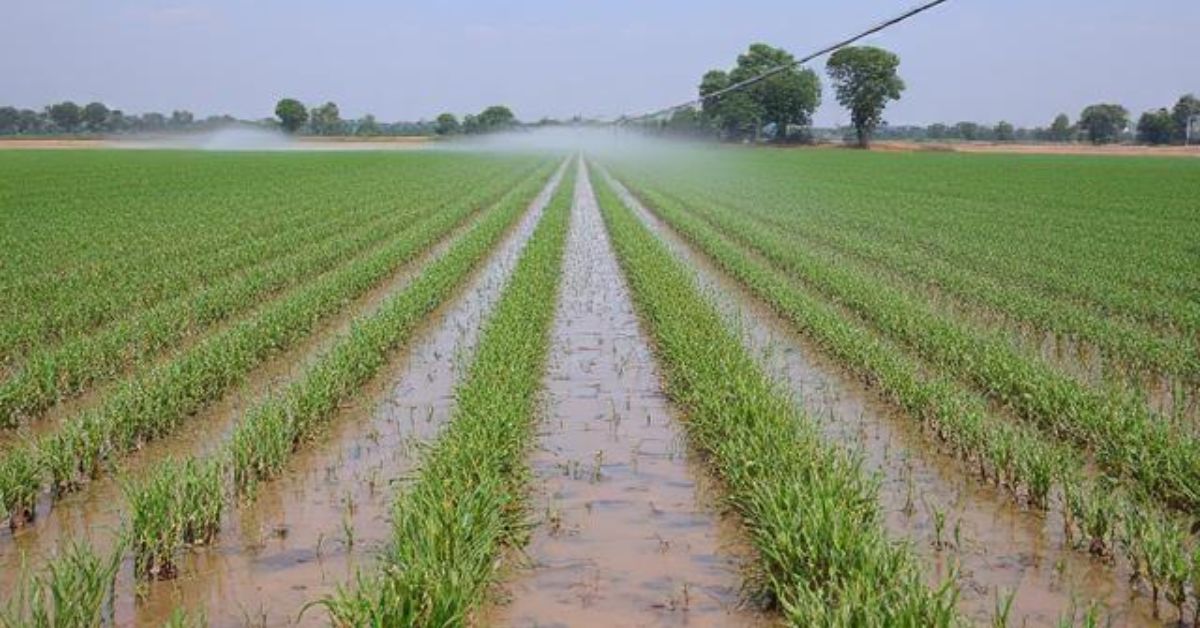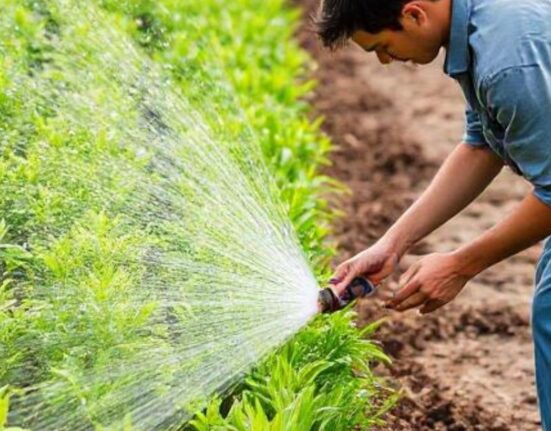Surface irrigation systems are one of the oldest and most commonly used methods for watering crops, lawns, and gardens. These systems use gravity to distribute water across the soil surface, making them ideal for large, flat areas where water flow can be easily managed. While surface irrigation is cost-effective and relatively simple to implement, there are several ways to enhance its efficiency and effectiveness. Whether you’re an experienced farmer or a homeowner looking to improve your landscape irrigation, these tips will help you optimize your furrow irrigation system for better water management and plant growth.
What is Furrow Irrigation?
Furrow irrigation is a surface irrigation method where water is applied to crops through tiny channels or furrows dug between crop rows. These furrows allow water to flow down the field by gravity, soaking the soil and providing moisture to the plant roots. It’s commonly used for row crops like corn, cotton, and vegetables.In this method, water is typically introduced at the top of the furrows and allowed to flow along them, soaking into the soil. The furrows are usually shallow and spaced between crop rows, allowing for controlled water distribution. How To Adjust A Rainbird Sprinkler Head surface/flooding irrigation is relatively easy to set up, cost-effective, and works well in fields with moderate slopes or level ground.
However, careful management is required to ensure that water reaches all areas evenly. The length and depth of the furrows and the flow rate need to be adjusted based on soil type, and crops need to avoid over- or under-watering. Proper design and maintenance are crucial for maximizing water efficiency and minimizing runoff.
Water-Smart Landscaping Tips
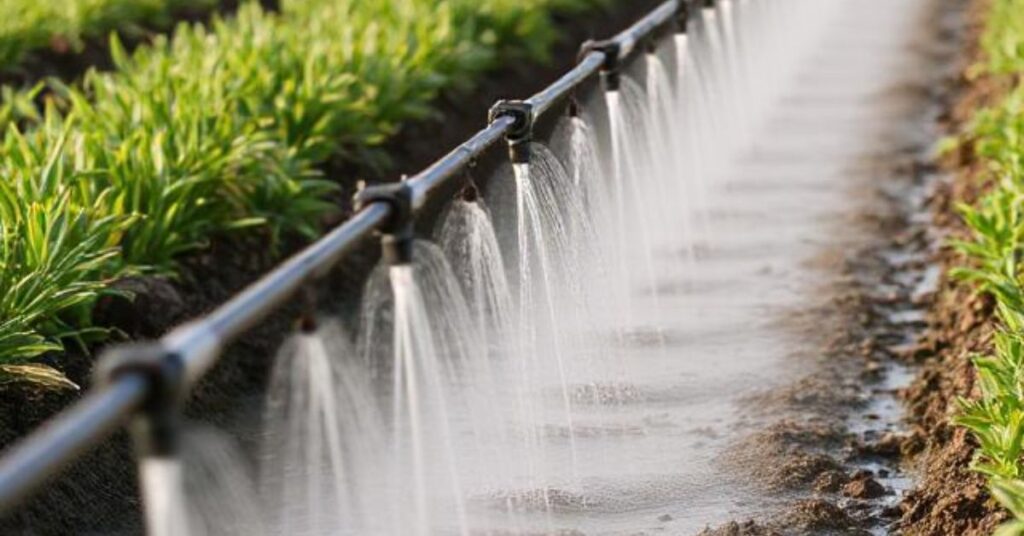
Opt for Native Plants
Selecting plants that naturally thrive in your local environment is one of the most effective ways to conserve water in landscaping. While plants from similar climates can sometimes work, native plants are always the best fit. They are already adapted to your region’s conditions, requiring less water and minimal upkeep.Choosing plants solely based on appearance may be tempting, but if they aren’t suited to your area, they’ll need extra water to survive—or they may fail altogether due to excessive rainfall. To ensure you make the best choices, consult a local plant expert or research plants ideal for your climate.
Water Deeply but Infrequently
How you water your plants significantly affects their growth and resilience. Frequent, shallow watering encourages plants to develop shallow root systems, making them more dependent on regular watering. Instead, water less often, allowing moisture to soak deeply into the soil. This approach promotes more profound root growth, strengthening plants and improving their ability to withstand drought.Deep watering also reduces evaporation since moisture remains in the soil longer, giving plants more time to absorb it.
Track Water Usage Regularly
Monitoring water usage is essential to catch leaks or inefficiencies in your irrigation system before they lead to higher bills. Start by conducting a water audit to understand how much your system consumes. While manually checking your water meter is one option, Saltwater Farming: regular comparisons are required to identify trends.Installing automated monitoring devices within your irrigation system is a more innovative solution. These tools track water use in real time and send alerts if problems arise, allowing you to address issues quickly and maintain an efficient system.
Group Plants by Water Needs
Different plants have varying water requirements. Some need consistently moist soil, while others prefer to dry out between waterings. Organize your plants into groups based on their watering needs to simplify irrigation schedules and improve efficiency.By grouping plants with similar requirements, you can avoid overwatering or underwatering specific areas. It also makes it easier to program innovative irrigation systems or establish straightforward watering plans for landscaping crews.
Minimize Surface Irrigation
Surface irrigation—such as hand watering—is often inefficient. It can lead to uneven watering, leaving some areas oversaturated while others remain dry. It’s also labour-intensive, adding unnecessary costs if you’re paying someone to do it.Drip irrigation is a better option for flower beds and shrubs. Drip systems deliver water directly to the roots, The Complete Beginner’s Guide to Drip Irrigation promoting even distribution and reducing waste. These systems can be easily concealed under mulch or decorative bark to maintain your yard’s aesthetic appeal.For larger areas, consider installing an intelligent irrigation system. These systems optimize watering schedules and use weather data to ensure efficient water distribution, saving time and resources.
Furrow Irrigation Pros and Cons
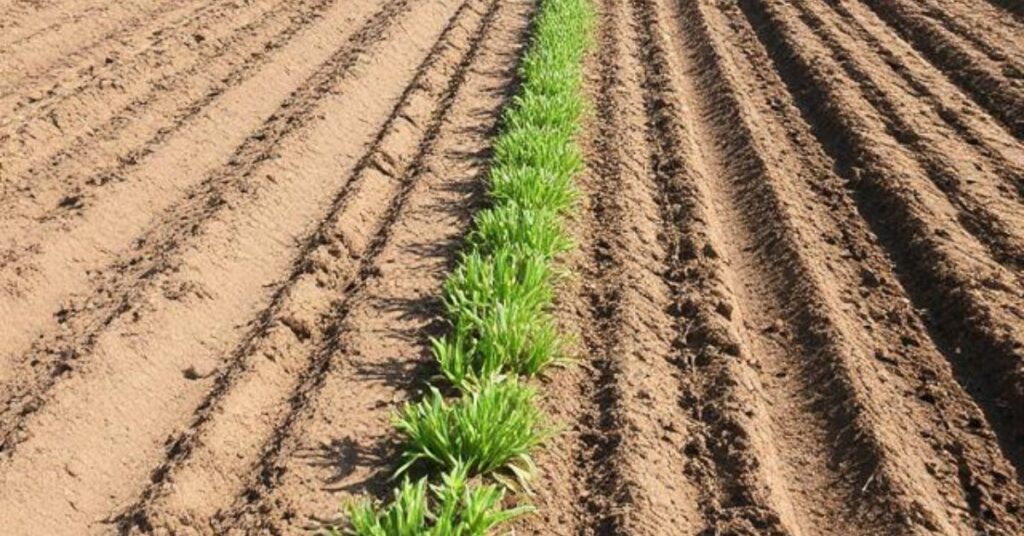
Pros of Furrow Irrigation
- Cost-Effective: Furrow irrigation is relatively inexpensive to install compared to other irrigation systems like drip or sprinkler irrigation. It requires minimal equipment, making it accessible for small—to medium-sized farms.
- Simplicity: The system is easy to set up and operate, What Are Cash Crops especially for crops grown in rows. It doesn’t require complex technology or heavy maintenance, which makes it ideal for farmers with limited resources.
- Efficient Water Use for Row Crops: Furrow irrigation is well-suited for rows of crops like corn, cotton, and vegetables. The water flows directly to the roots, ensuring plants get moisture.
- Adaptable: It can be used on fields with various soil types as long as the terrain is not too steep. It can also be adjusted based on the length and spacing of furrows to suit specific crop needs.
Cons of Furrow Irrigation
- Water Waste: If not appropriately managed, furrow irrigation can lead to runoff and water wastage. It may also result in uneven water distribution, with some areas receiving too much water while others are under-watered.
- Labour-Intensive: While the system is simple, it can be labour-intensive, especially if large areas need to be irrigated. It may also require frequent monitoring to ensure efficiency.
- Soil Erosion: If the furrows are too deep or the water flow is too high, soil erosion can occur, leading to uneven fields and loss of valuable topsoil.
- Limited to Certain Crops: This system works best for row crops and is unsuitable for crops with shallow roots or areas with uneven terrain.
Where to Get More Information on Commercial Irrigation Systems
Commercial irrigation systems are essential for efficiently maintaining large landscapes, parks, sports fields, and agricultural areas. To learn more about these systems, explore resources from professional organizations, government agencies, manufacturers, and educational platforms.Start with professional organizations like the Irrigation Association (IA), which provides training programs, certifications, and design standards for irrigation systems. Their website is an excellent resource for learning about the latest technologies and best practices. Similarly, the American Society of Irrigation Consultants (ASIC) offers expert advice and guidelines on irrigation design, ensuring projects meet industry standards.
Government agencies such as the U.S. Environmental Protection Agency (EPA) also provide valuable resources. The EPA’s WaterSense program focuses on water-efficient irrigation solutions and offers detailed guides and product recommendations. Local agricultural extension offices, often affiliated with universities, can provide region-specific insights and workshops on irrigation systems.For more hands-on information, turn to manufacturers and suppliers like Rain Bird, Hunter Industries, and Toro. Their websites include product manuals, design tools, and troubleshooting guides. Many manufacturers also offer training webinars and videos to help users better understand installation and maintenance processes.
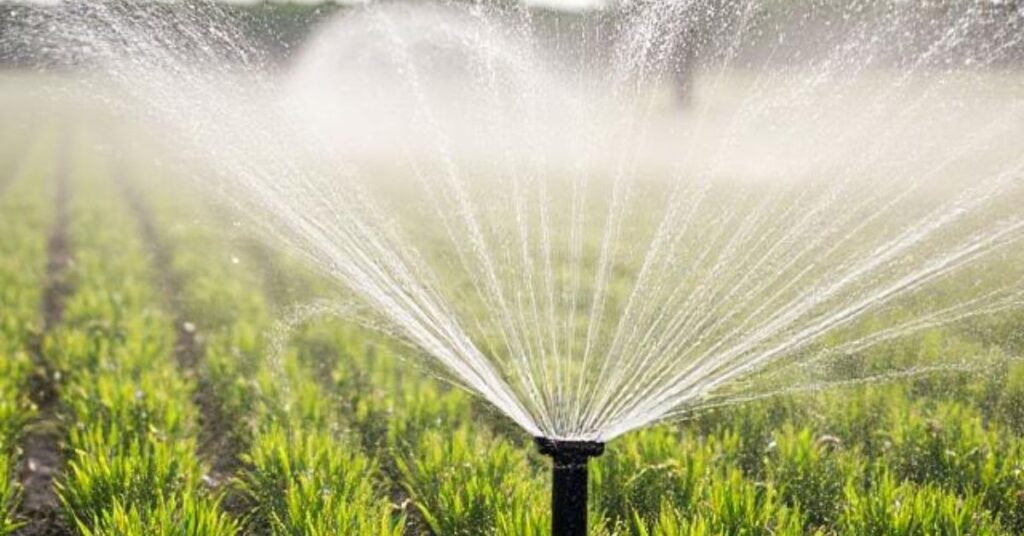
Educational platforms such as Udemy, 5 Common Mistakes In Sprinkler System Design Coursera, and LinkedIn Learning offer online courses covering irrigation design, water management, and innovative irrigation technologies. Additionally, YouTube channels dedicated to landscaping and irrigation provide practical demonstrations and tutorials.Trade publications like furrow farming Today and Landscape Management Magazine feature articles on the latest trends, case studies, and expert opinions. These can keep you updated on innovations and sustainable practices in the industry.Finally, for personalized assistance, consider consulting certified irrigation designers or local contractors who can provide customized solutions and recommendations based on your specific project needs. By leveraging these resources, you can stay informed about advancements in surface irrigationsystems, improve water efficiency, and enhance the overall performance of your landscaping projects.
Conclusion
flood irrigation is a simple, cost-effective method that can benefit row crops, offering efficient water use and adaptability. Its ease of installation and low cost make it attractive for many farmers, especially in areas with moderate slopes or level ground. However, like any irrigation system, it requires careful management to avoid water wastage, soil erosion, and uneven distribution. Proper planning, maintenance, and monitoring are essential to maximize the benefits and minimize potential drawbacks.
While furrow irrigation may not be suitable for all crops or terrains, it remains a reliable choice for many farmers looking for an effective way to water their crops. With the right design and attention to detail, it can provide a sustainable solution for maintaining healthy, thriving crops while conserving water resources.
FAQ
What are the four types of surface irrigation?
Definition. Surface irrigation has evolved into an extensive array of configurations, which can be broadly classified as (1) basin irrigation, (2) border irrigation, (3) furrow irrigation, and (4) uncontrolled flooding.
What are the 4 phases of surface irrigation?
The process of surface irrigation can be said to include four phases: advance, storage, depletion, and recession. If the duration between two rotations is long, water stress, resulting in a wilting point during the recession stage, is likely.
What is the advantage of surface irrigation?
It adapts easily to flat topography and can function without outlet drainage facilities. It works well with short-term water supplies. Irrigation allows full utilization of rainwater and can achieve high application efficiencies. It adapts well to moderate to low infiltration rates and allows easy leaching of salts.
What are the problems with surface irrigation?
Waterlogging can cause the plant to shut down, delaying further growth until sufficient water drains from the root zone. Waterlogging may be counteracted by drainage, tile drainage, or another form of subsurface drainage that controls the water table.
What are the benefits of subsurface drainage?
Subsurface drainage provides many long-term sustainability intangible benefits, such as improved soil health due to increased aeration, increased responses to fertiliser use, and reduced mineral imbalances in the soil and sometimes in the plants as well.




